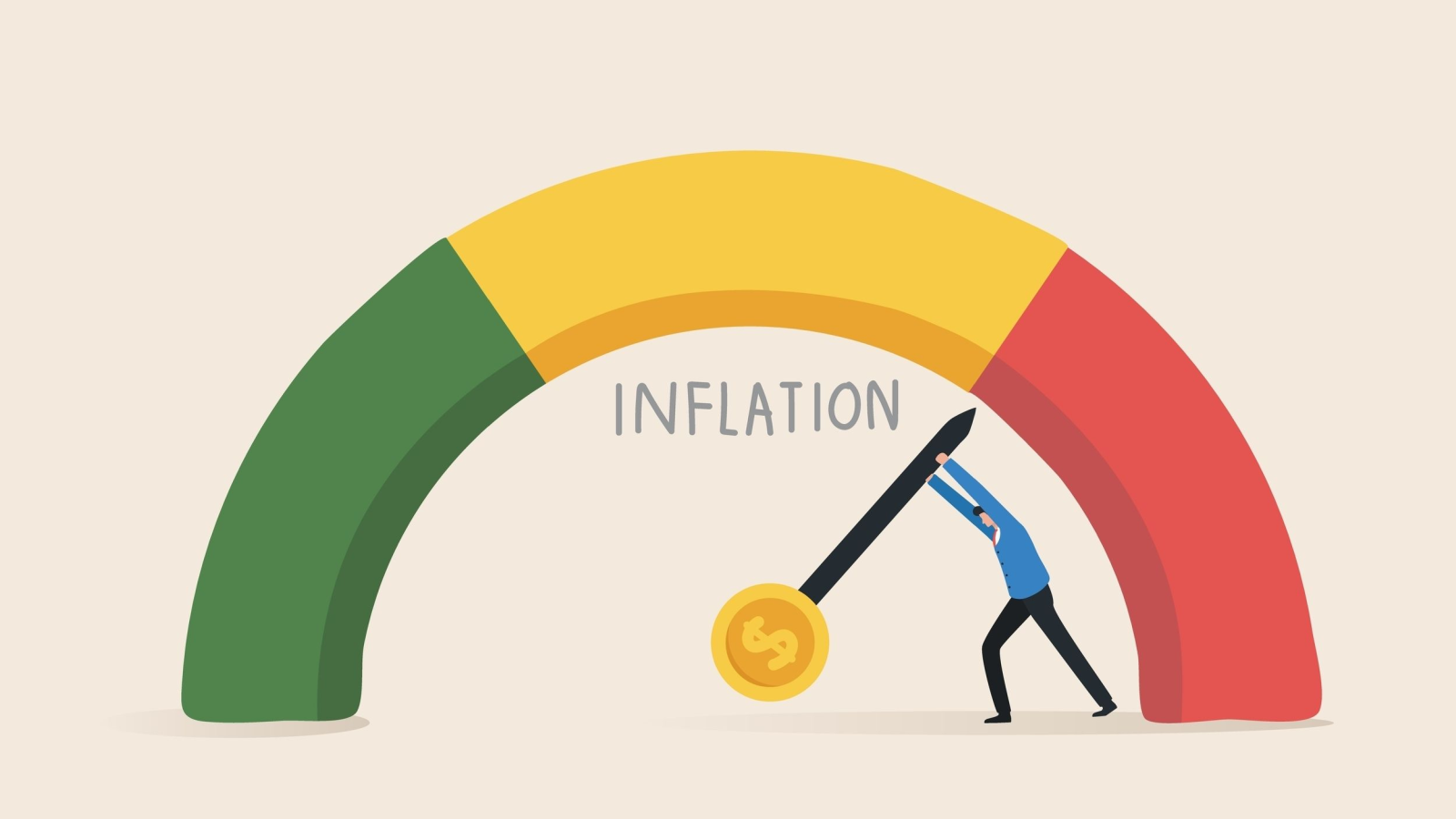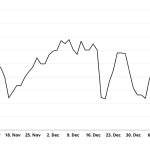
Recently, I went to the grocery store to buy a few essential things: milk, bread, eggs, etc.
As I went to grab my usual gallon of whole milk, I quickly glanced at the price and did a double take.
I thought to myself, “This can’t be right.” The price was up nearly $0.20 since the last time I was at the grocery store just weeks ago, and higher than I’d ever paid before. While I couldn’t leave the store without getting milk, I did consider getting a smaller size or even skipping it altogether. But I knew I would regret it.
When I got home, I did some digging into what the cost of milk was in the past (I am a numbers guy after all). I found that in August, the average price for a gallon of milk was $4.044, according to the Bureau of Labor Statistics (BLS).
Now, that’s off from the peak of $4.22 per gallon in November 2022. But that same gallon of milk would have only set you back by about $3.25 in January 2020 – before the onset of the COVID pandemic.
That’s still a 24% increase, folks. But it isn’t just a random increase; it’s a snapshot of a much bigger picture… inflation.
Now, we got a fresh look at that picture this week – in the form of the September inflation reports. Each percentage point tells us a story about the economy, how prices are shifting and how it impacts your wallet.
For example, Thursday’s Consumer Price Index (CPI) report showed that the average price for a gallon of milk in September was $4.021.
As always, Wall Street was eager to see whether inflation was in check following last month’s interest rate cut to ensure that future key rate cuts are still on the table.
So, with that in mind, I want to use today’s Market 360 to review the latest CPI and Producer Price Index (PPI) reports. And with the latest inflation data now in Wall Street’s rearview mirror, I will also share the types of companies you should be investing in now.
A Look at the Latest Inflation Numbers
Consumer Price Index (CPI)
On Thursday morning, the latest CPI report was released, and the market had mixed reactions.
CPI rose 0.2% in September, which was 0.1% higher than economist’s expectations. Year-over-year, the CPI rose 2.4%, which was also 0.1% higher than expectations and marked the lowest annual rate since February 2021.
Meanwhile, core CPI, which excludes food and energy, rose 0.3% in September and increased to 3.3% year-over-year. Economists were calling for a 0.2% monthly rise and a 3.2% yearly increase.

Digging deeper into the numbers, much of the increase came from the 0.4% rise in food prices, 0.7% gain in medical care services and the 1.1% jump in apparel prices.
On a more positive note, energy fell 1.9% in September following its 0.8% decline in August. Additionally, some of the other indexes that fell in September were:
- Gasoline, which declined 4.1%,
- Recreation, which decreased 0.4%
- Communications, which was down 0.6%.
Now, I should add that owners’ equivalent rent (OER), or shelter costs, continues to be one of the biggest sticking points for inflation. The index rose 0.3% in September and was up 5.2% year-over-year. Now, in August, OER was up 0.5% month over month and 0.4% in July. So, at least we’re finally getting some relief from the real estate market.
Producer Price Index (PPI)
This morning, the latest PPI report showed that wholesale prices remained tame in September.
Headline PPI was flat month-over-month, compared to economists’ expectations for a 0.1% rise. Year-over-year, PPI was up 1.8%, which was in line with estimates. Core PPI, which excludes food, energy and trade margins, increased 0.2% in September and was up 2.8% in the past 12 months.
Looking deeper into the details, the 0.2% increase in final demand services offset the 0.2% decline in final demand goods. Driving the increase in final demand services were both transportation, which rose 0.2%, and warehousing services, which rose 0.3%.
Turning to demand goods, gasoline led the decline with a 5.6% drop in September. Likewise, energy declined 2.7% for the month. Unfortunately, wholesale food prices jumped 1%, marking the biggest rise since February. Processed poultry jumped a whopping 8.8% in September.
Time to Focus on Earnings
Despite the slight uptick in consumer inflation in September, inflation has still moderated. This means that a 0.25% key rate cut at the Federal Open Market Committee (FOMC) meeting on November 7 is practically guaranteed.
So, without inflation to occupy investors’ attention, where should you focus now?
Well, folks, it’s simple: earnings season.
The good news is we’re in for another strong earnings season. S&P 500 earnings are expected to grow by 4.2%, and revenue is estimated to grow by 4.7% in the third quarter, according to FactSet. That would mark the fifth-straight quarter of year-over-year earnings growth and the16th-straight quarter of revenue growth.
Now, the third-quarter earnings season officially got underway with three of the big banks today – Citigroup Inc. (C), JPMorgan Chase & Co. (JPM) and Wells Fargo & Company (WFC). All of them rallied in the wake of their quarterly results, but I still wouldn’t touch them with a 10-foot pole. The reality is I am not a big fan of the big banks. That’s because I’m an ex-banking regulator and I know they sometimes fudge their numbers.
Back in the late 1970s and early 1980s, when the yield curve was severely inverted, I used to merge two money-losing financial institutions together so they could qualify for FSLIC or FDIC insurance. Essentially, I would take the largest financial institution and merge it into the smaller one, but would re-amortize its assets (e.g., loan portfolio) to make the combined financial institution look better.
Even though I could never fix the combined financial institution’s cash flow, I helped them kick the can down the road, since an inverted yield curve is lethal for banks. In other words, I used to put lipstick on a pig. My experience scarred me for life, which is why I rarely recommend banks.
Instead, I focus on fundamentally superior stocks, i.e., companies with strong earnings and sales growth that are slated to have exceptional earnings reports.
So, if you want to profit this earnings season, stock up on fundamentally superior stocks now. If you’re not sure where to look, then consider my Growth Investor service. My Growth Investor stocks are characterized by 23.9% average annual sales growth and a whopping 469.7% average annual earnings growth.
Click here and become a member of Growth Investor and gain full access to my Growth Investor stocks today.
(Already a Growth Investor subscriber? Click here to log in to the members-only website.)
Sincerely,

Louis Navellier
Editor, Market 360





